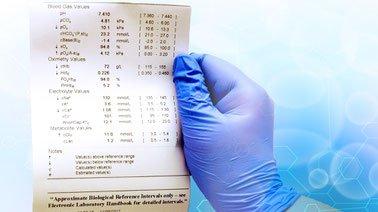MOOC List is learner-supported. When you buy through links on our site, we may earn an affiliate commission.

MOOC List is learner-supported. When you buy through links on our site, we may earn an affiliate commission.
Traditional approaches to this topic make use of over-simplified arguments which introduce a number of ambiguities and explanatory inadequacies.
In this course, you will learn about Stewart’s model and how it uses a formal solution equilibrium approach which facilitates a clearer understanding of the process. A number of clinical examples are given to illustrate the power of this approach and the contrast with the more traditional teaching of the subject.
What you'll learn
- Essential concepts in solution and acid-base chemistry
- Basics of aqueous solutions
- A step-wise approach whereby a simple aqueous solution has constituents added until it resembles blood plasma and other biological fluids
- How principles of solution chemistry explain the acid-base behaviour
Syllabus
Week 1: Introduction to Stewart's model; Basics of aqueous solutions; The physiology of acid-base balance in medicine; Clinical conundrums in acid-base balance; and The basics of simultaneous equations.
Week 2: Acid-base behaviour of pure water including temperature effects on dissociation coefficient; Acid-base behaviour pure water and a salt with a brief introduction to the concept of SID; Acid-base behaviour of water, salt and a weak acid (protein); Acid-base behaviour of water, salt, weak acid and carbon dioxide; Bicarbonate and respiratory effects; and Solutions containing gases and Henry's law i.e. measurement of gas concentrations in terms of partial pressures.
Week 3: Putting it all together: Summary of the key concepts in acid-base chemistry including the nature of dependant and independent variables; Review of the overall system of acid-base balance in terms of Stewart's model; and Examples from pathology and clinical medicine.
MOOC List is learner-supported. When you buy through links on our site, we may earn an affiliate commission.
MOOC List is learner-supported. When you buy through links on our site, we may earn an affiliate commission.
